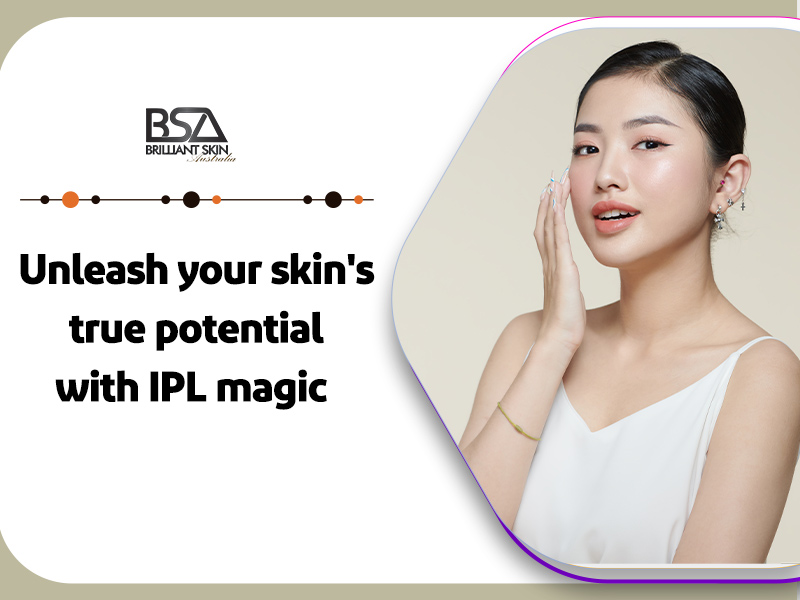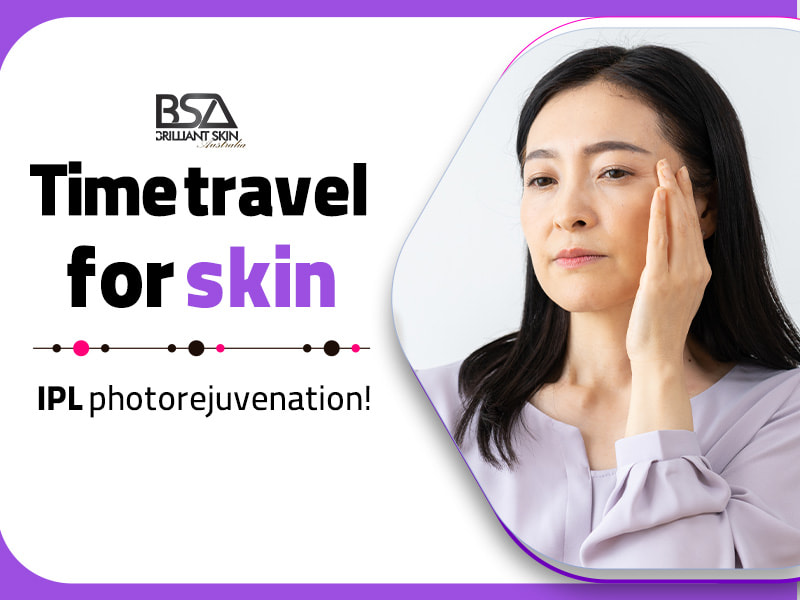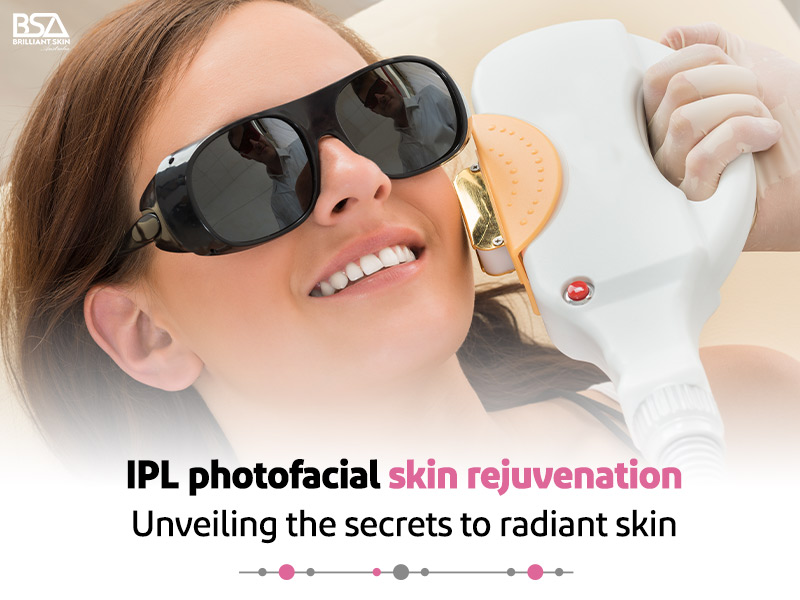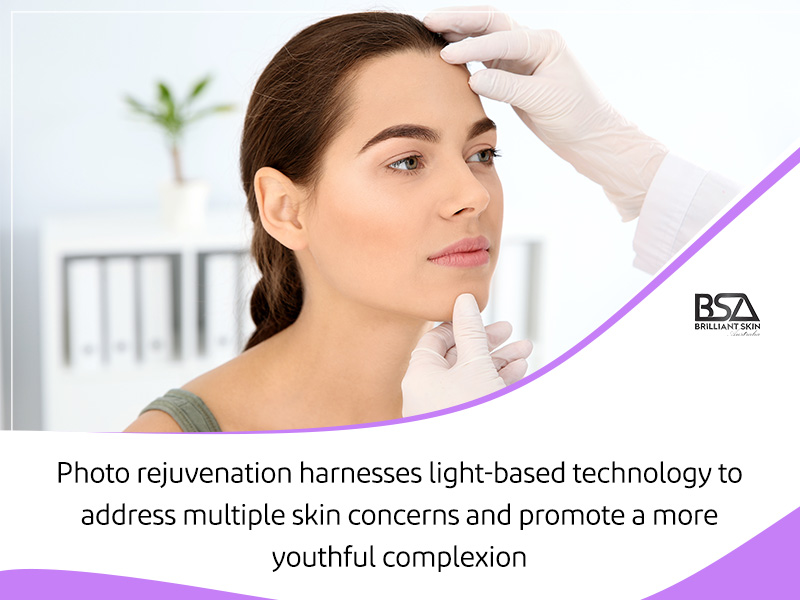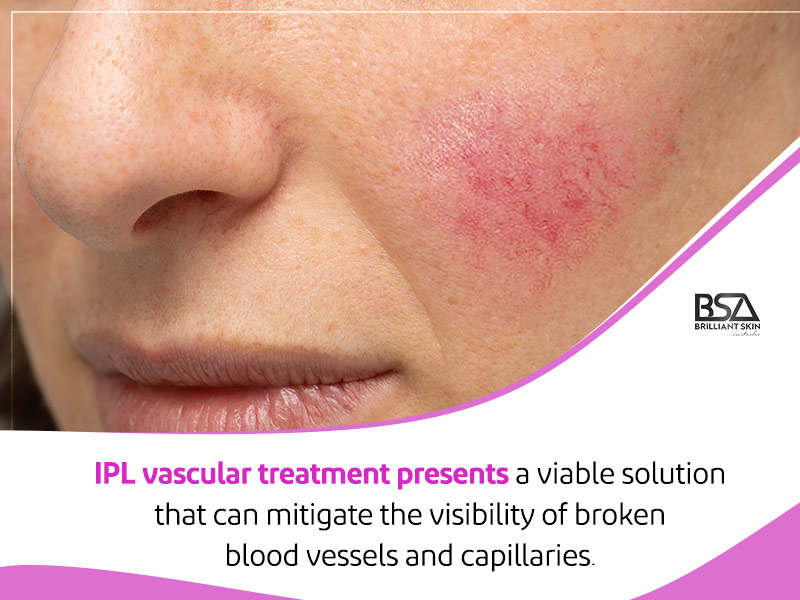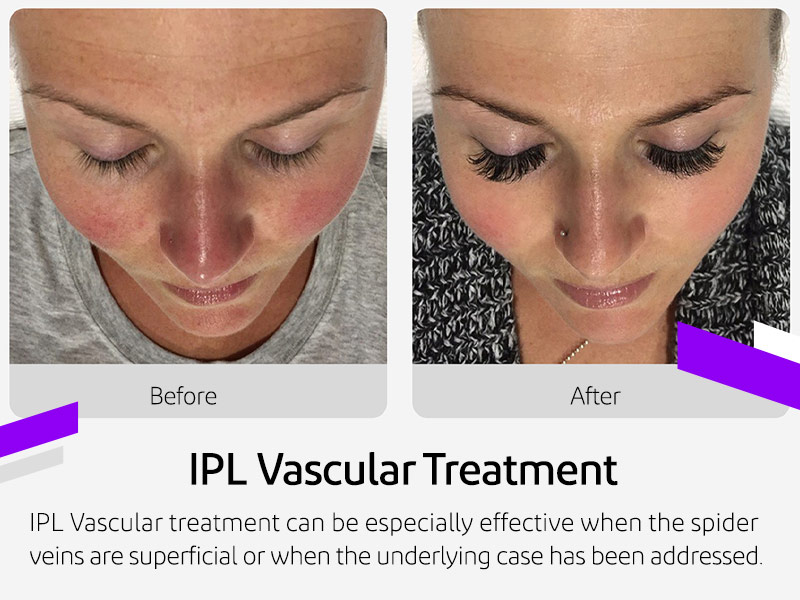IPL for skin rejuvenation is a safe, effective, and non-invasive treatment
- Updated May 8, 2023
- by Honey Seida
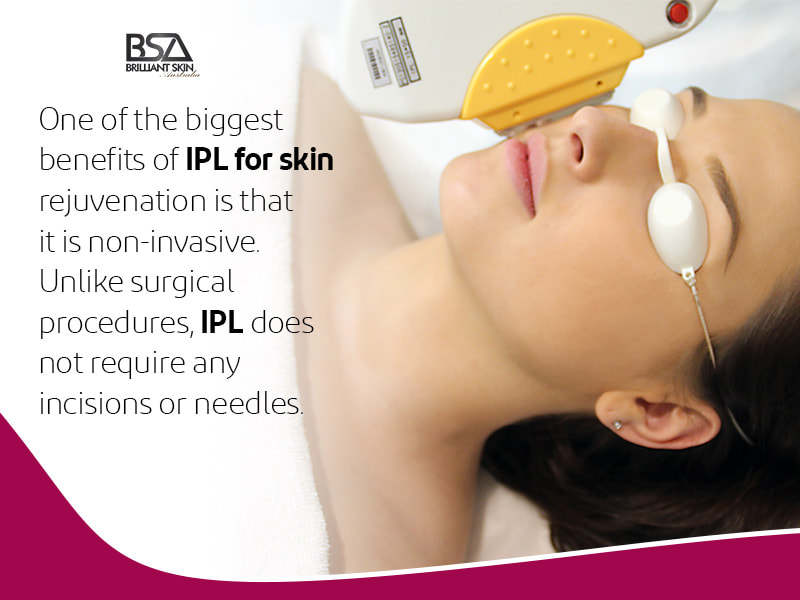
In this article, I will explain what IPL is, how it works for skin rejuvenation, its benefits, and how it compares to other skin rejuvenation treatments. I will also discuss who is a good candidate for IPL, how to prepare for the treatment, what to expect during and after the procedure, and how to maintain the results.
Discover the Benefits of IPL for Skin Rejuvenation: The Secret to a Brighter, Younger-Looking You
As we age, our skin loses its elasticity. Fine lines, wrinkles, and age spots start appearing, making us look older than we feel. Fortunately, there are many treatments available that can help rejuvenate the skin, and one of the most effective is IPL.
What Is IPL?
IPL stands for Intense Pulsed Light. It is a non-invasive treatment that uses a broad spectrum of light to target the deeper layers of the skin.
IPL is often used to treat a variety of skin conditions, including sun damage, age spots, rosacea, and acne. IPL can also be used for hair removal, but in this article, we will focus on its use for skin rejuvenation.
How Does IPL Work for Skin Rejuvenation?
IPL works by delivering a spectrum of light to the skin, which is absorbed by the pigments in the skin. The light energy heats up the targeted tissue, which stimulates the production of collagen and elastin. These two proteins are essential for maintaining the skin's elasticity and firmness. As the collagen and elastin levels increase, the skin becomes smoother, brighter, and more youthful-looking.
IPL can also target the melanin in the skin, which is responsible for pigmentation. The light energy breaks up the pigment, causing it to rise to the surface of the skin, where it eventually flakes off. This process can help reduce the appearance of age spots, sun damage, and other pigmentation issues.

IPL vs Other Skin Rejuvenation Treatments
There are many different skin rejuvenation treatments available, including chemical peels, microdermabrasion, and laser resurfacing. While each of these treatments has its benefits, IPL is often preferred because it is non-invasive and has a lower risk of complications.
Chemical peels and microdermabrasion both work by removing the outer layer of the skin, which can help reduce the appearance of fine lines and wrinkles. However, these treatments are not as effective at stimulating collagen and elastin production as IPL.
Laser resurfacing is a more invasive procedure that works by removing the outer layers of the skin with a laser. While this treatment can be very effective at reducing the appearance of fine lines and wrinkles, it is also more expensive and requires a longer recovery time than IPL.
Read More: IPL Vascular Therapy
Who Is a Good Candidate for IPL?
IPL is a safe and effective treatment for most people. However, it may not be suitable for individuals with certain medical conditions, such as active skin infections or autoimmune disorders. It is also important to note that IPL may not be as effective for individuals with darker skin tones.
If you are considering IPL, it is important to schedule a consultation with a qualified dermatologist or aesthetician. During the consultation, the practitioner will assess your skin and determine if IPL is the right treatment for you.
Preparing for IPL Treatment
Before your IPL treatment, you will need to avoid sun exposure and tanning beds for at least two weeks. You should also avoid using any products that contain retinol or glycolic acid. It is also important to let your practitioner know if you are taking any medications or have any medical conditions that may affect the treatment.
What to Expect During IPL Treatment
During the IPL treatment, you will wear special goggles to protect your eyes from the light energy. A cooling gel will be applied to your skin, and then the IPL device will be passed over the treatment area. You may feel a slight stinging sensation during the procedure, but this is usually brief and tolerable.
The length of the treatment will depend on the size of the treatment area, but most sessions take between 30 minutes to an hour. After the treatment, you may experience some redness and swelling, but this should subside within a few hours.
Aftercare for IPL Treatment
After your IPL treatment, you should avoid sun exposure and tanning beds for at least two weeks. You should also avoid using any products that contain retinol or glycolic acid. Your practitioner may recommend a soothing cream or gel to help alleviate any discomfort or redness.
It is also important to keep your skin moisturized and well-hydrated after the treatment. Drinking plenty of water and using a gentle moisturizer can help keep your skin looking healthy and vibrant.
Results and Maintenance
Most patients see significant improvement in their skin's appearance after just one IPL treatment. However, multiple treatments may be required to achieve optimal results.
Your practitioner will recommend the appropriate number of treatments for your specific skin concerns.
To maintain the results of your IPL treatment, it is important to protect your skin from sun damage. This means wearing sunscreen with a high SPF and avoiding sun exposure during peak hours. You should also continue to moisturize your skin and use a gentle cleanser to keep it clean and healthy.
Benefits of IPL for Skin Rejuvenation
- One of the biggest benefits of IPL for skin rejuvenation is that it is non-invasive. Unlike surgical procedures, IPL does not require any incisions or needles, which means there is no downtime required. Patients can return to their normal activities immediately after the treatment.
- IPL is a versatile treatment. IPL can be customized to target specific areas of the skin, making it an effective treatment for a variety of skin conditions. IPL can also be used on any part of the body, including the face, neck, chest, and hands.
- IPL is a relatively painless treatment. Patients may experience a slight stinging sensation during the procedure, but this is usually brief and tolerable. Most patients do not require any anesthesia during the treatment.
- Finally, IPL is a cost-effective treatment compared to other skin rejuvenation procedures. While the cost of IPL varies depending on the size of the treatment area and the number of sessions required, it is generally less expensive than surgical procedures like facelifts or laser resurfacing.
Final Word
IPL for skin rejuvenation is a safe, effective, and non-invasive treatment that can help you achieve a brighter, more youthful-looking complexion. Whether you are looking to reduce the appearance of fine lines and wrinkles, age spots, or other skin concerns, IPL may be the right treatment for you.
If you are considering IPL, be sure to schedule a consultation with a qualified practitioner to determine if it is the right treatment for your skin type and concerns. With the right preparation and aftercare, you can enjoy the benefits of IPL for years to come.

